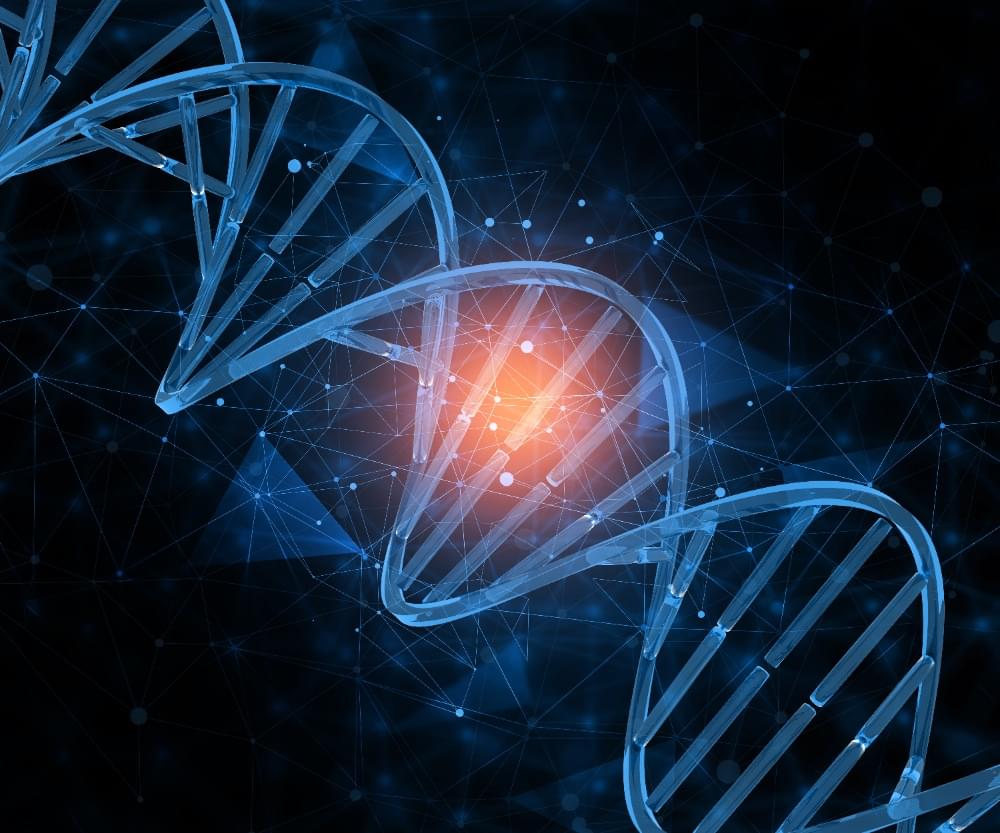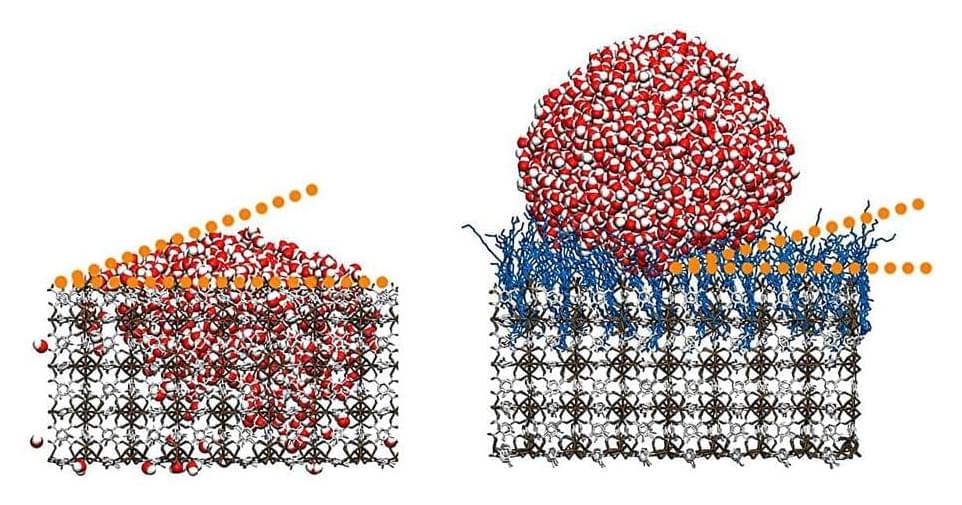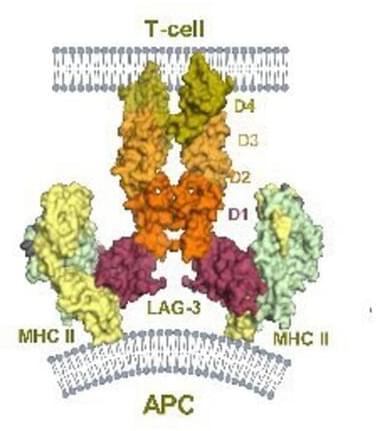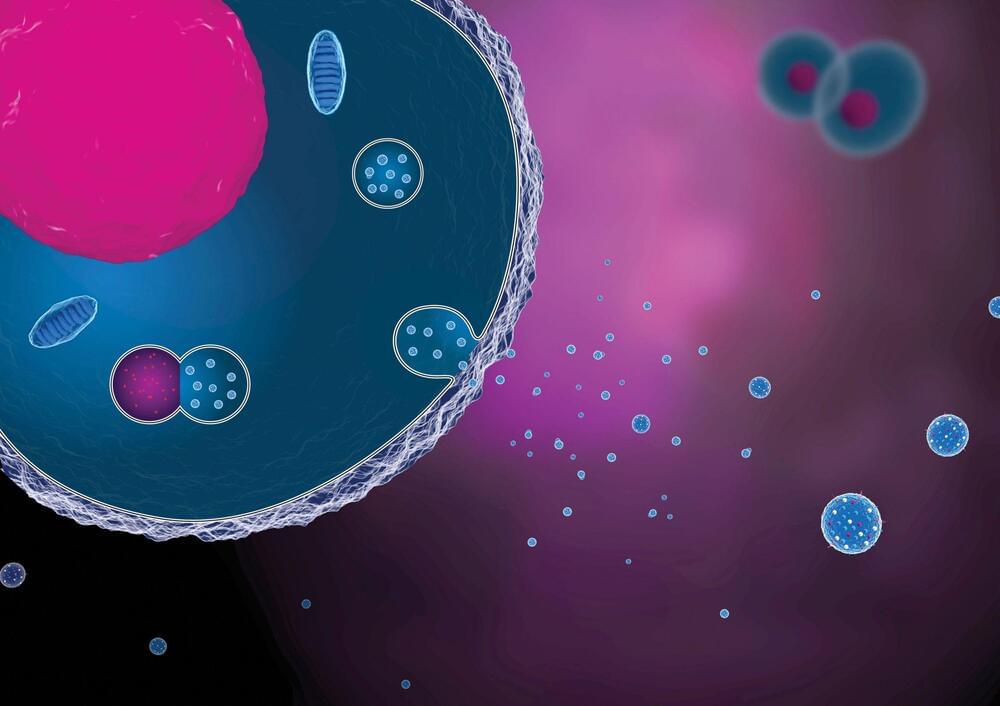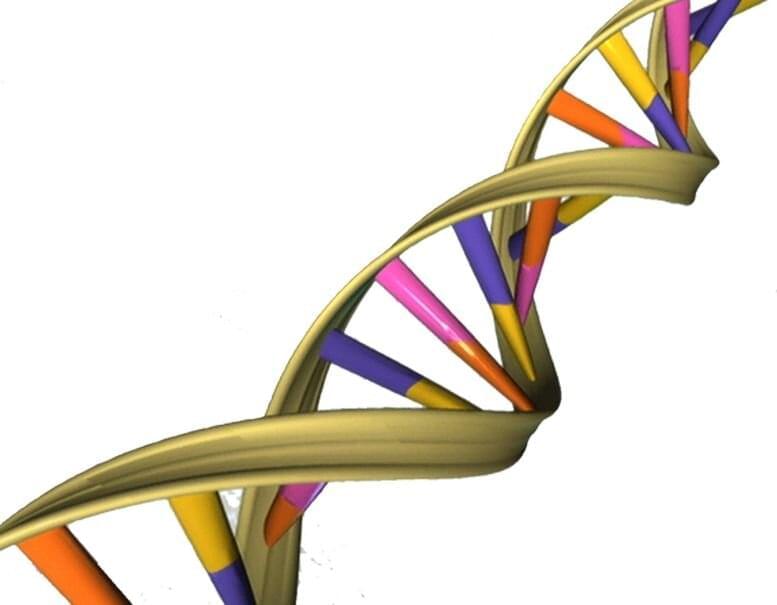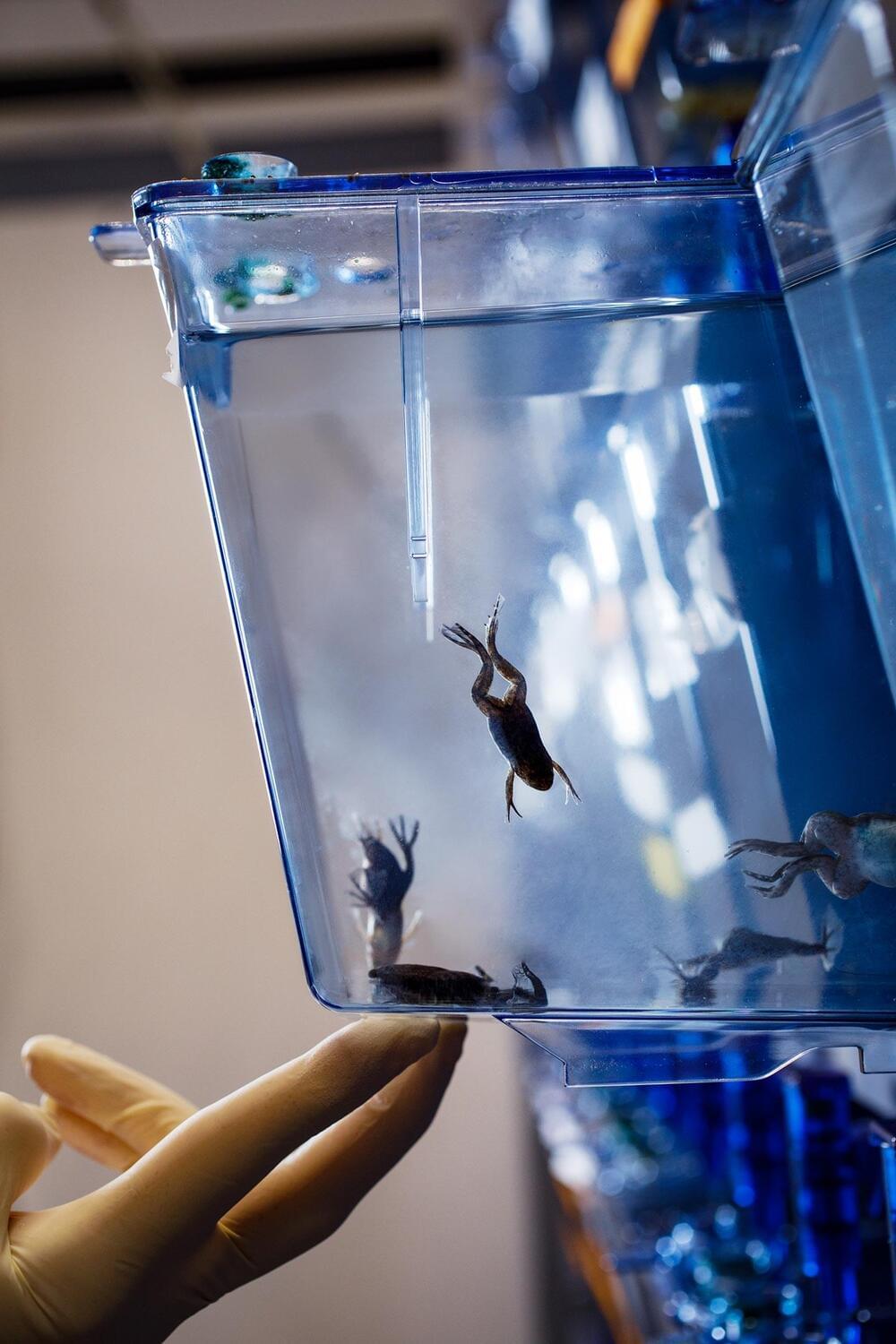Microorganisms produce a wide variety of natural products that can be used as active ingredients to treat diseases such as infections or cancer. The blueprints for these molecules can be found in the microbes’ genes, but often remain inactive under laboratory conditions.
A team of researchers at the Helmholtz Institute for Pharmaceutical Research Saarland (HIPS) has now developed a genetic method that leverages a natural bacterial mechanism for the transfer of genetic material and uses it for the production of new active ingredients. The team has published its results in the journal Science.
In contrast to humans, bacteria have the remarkable ability to exchange genetic material with one another. A well-known example with far-reaching consequences is the transfer of antibiotic resistance genes between bacterial pathogens. This gene transfer allows them to adapt quickly to different environmental conditions and is a major driver of the spread of antibiotic resistance.
